We plan to collate the learnings and knowledge of computer systems from 1975 onwards so that students of technology and scholars of the future can understand how they work, how to use them, and how they affected the culture of the 20th century. This 'Digital Heritage Archive' contains both factual information about the machines and how they worked, and anecdotal evidence from the people that used them.
We're also learning how to program every computer from that era so we can create museum exhibits whereby the computer itself explains what it did, instead of it being an inert plastic box in a glass case, described only with its name and lifespan on a small cardboard tombstone.
For the purposes of our discussion, heritage is the maintainance of existing material, be it hardware or software, whilst archaelogy is for recovering technology that has already ceased to exist. We hope that we'll be able to save much of this information while it is still present and perform heritage work on it, before it falls into disrepair and we're forced into archaelogy.
In early 2018 Steven Goodwin will give a talk at the FOSDEM conference on digital archaeology. Should their site go offline for any reason, a copy is archived here.
The plan is to:
For each computer we plan on providing:
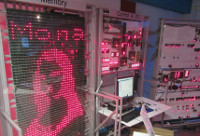 |
 |
 |
| The Megaprocessor | Cable quantification | Social Impact |
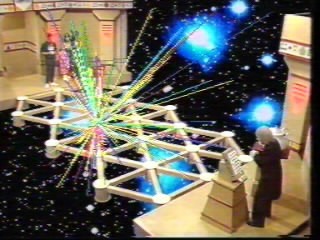 |
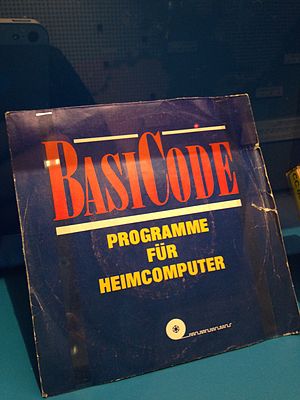 |
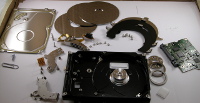 |
| In popular culture | Basicode | Hard disk exploded |
One way we are preserving our digital heritage is by re-creating old hardware in software. This manifests in both the em.ulat.es and EMF project, which lets you use these old machines from within your browser.
Click on the screen shots below, to try out an emulated computer from the early 1980's!
 |
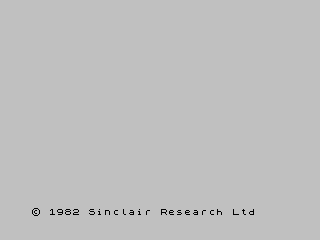 |
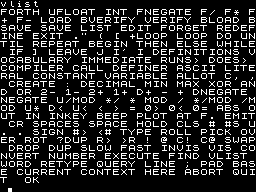 |
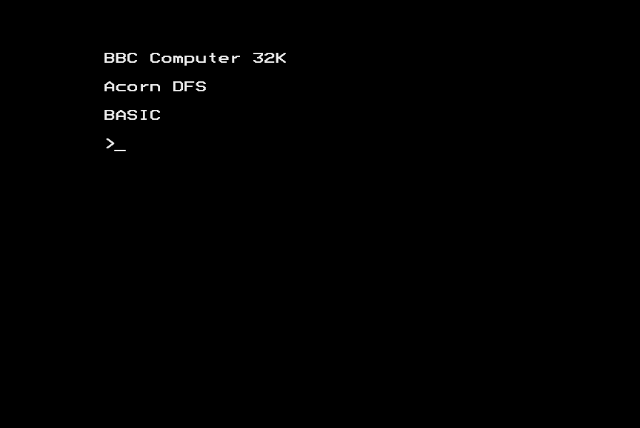 |
| ZX81 | Sinclair Spectrum | Jupiter Ace | Acorn BBC B |
EaaS - or Emulation as a Service - is a brand new proof-of-concept platform demonstrating that multiple emulators can be harnessed under an identical framework, for the purposes of digital preservation. It is targeted towards heritage professionals and those intersted in older machines.
EMF is a description language of computer hardware, plus the tools necessary to convert it into code. It is suitable for the technical user who wishes to create the resources used by the digital heritage community.
EMF - Javascript is the basic library code to aid the development of emulators, written in Javascript, by providing basic utility code to simulate ROM and ROM chips, handle CPU control, as so on.
Elliott 903 emulator is an emulator written using the Javascript version of the EMF library.
Just a few random pictures for you to look at, while we write the articles that go with them!
My name is Steven Goodwin. I am a CTO, author, and all-round technology geek! I have been developing software since 1983 and building electronics since 1984, and I continue to do both to this day. As a compulsive hoarder I have thrown nothing away, making my house something of a museum for old computers. It is a museum that I hope, one day, to make public.
Part of my interest in this old technology is its preservation. How to store old hardware and software so that it can be enjoyed by future generations, and so current developers can understand the origins of their field. Furthermore, I am learning (and sometimes re-learning) every programming language I can from the era so that I can fully document the machines and their inner workings.